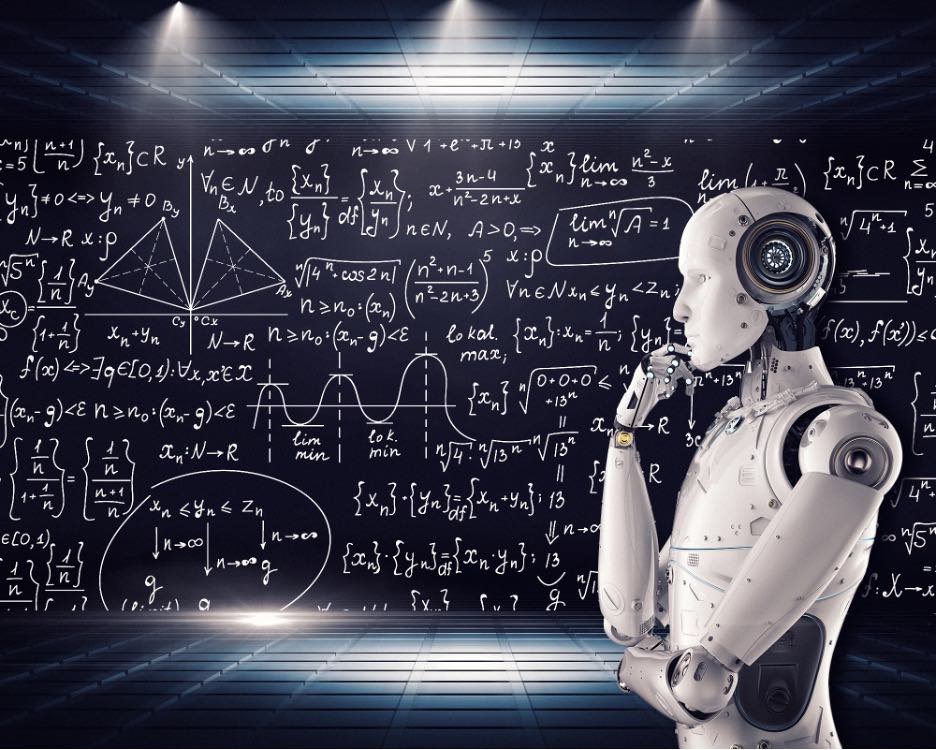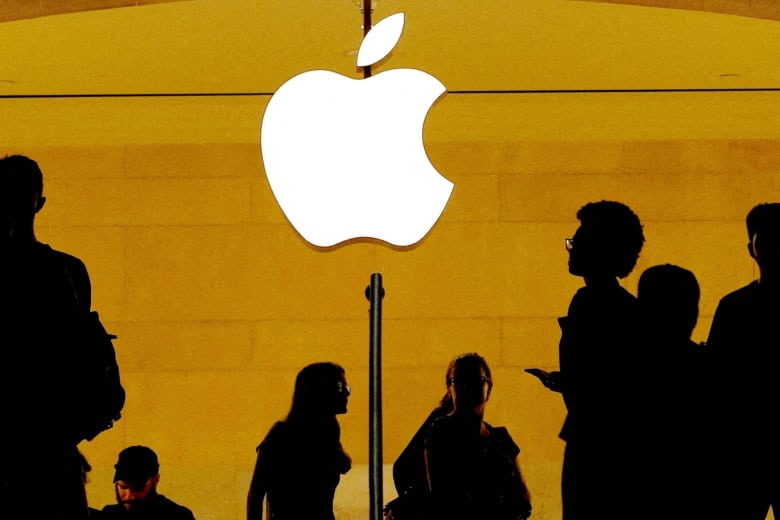The launch of ChatGPT followed by Google Bard has highlighted the ramifications of Artificial Intelligence (AI) in human lives in this era of rapid technological and scientific advancement. With AI now being easily accessible to everyone with a stable internet connection, debates have been re-ignited on the possible dependence of human beings on artificial intelligence.
It is now widely acknowledged in the educational domain that the once-traditional classroom teacher-student setting cannot be maintained. COVID-19 demonstrated the importance of technology in unhindered education through online modes when physical presence becomes challenging. Most educators and students accept that it is time to embrace AI technology to make education sustainable, accessible, equitable, and comprehensive.
Students are using AI tools to personalise learning (study material, practice questions etc) thereby, developing a greater understanding than they would have in traditional settings. But, in a classroom of 50 students, the teaching speed and techniques used are the same for everyone, but not every student has the same grasping capabilities. Therefore, the role of AI to personalise content becomes instrumental.
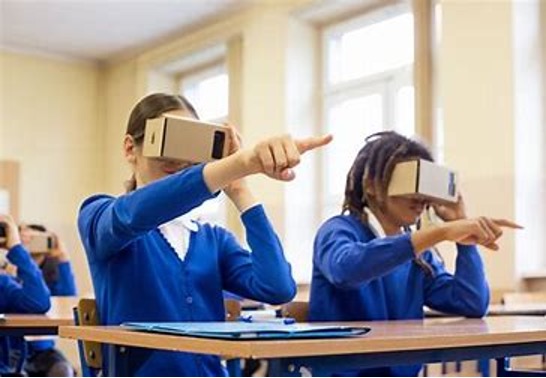
AI is being used by students in various capacities like adaptive learning platforms (for example – Khan academy), Chatbots (Carnegie Learning Tutor), and Virtual Reality (Google Expeditions). Students also seek writing assistance, homework assistance, translations, and research information through AI. Students can now learn from the comfort of their homes from anywhere in the world. Since AI can analyse vast amounts of data from innumerable sources, students can learn about a single topic from diverse perspectives and viewpoints, making it an all-around learning. AI can also promote out-of-the-box thinking by enabling students to experiment without facing real-life consequences, thus nurturing creativity. Problem-solving skills are also enhanced through inquiry-based learning. Moreover, AI provides an opportunity for contextual learning. AI is best used as a complementary resource to augment the learning process.
The integration of AI in education offers advantages for students and holds tremendous potential to empower teachers. AI can increase the efficiency of teachers. By harnessing AI capabilities, teachers can streamline their workflow by automating time-consuming administrative tasks like grading, attendance tracking, and generating reports. This automation allows educators to focus more on personalised teaching and engaging with their students. Furthermore, AI-powered analytics provide valuable insights into student progress and performance, enabling teachers to identify areas of improvement and tailor their instructional strategies accordingly, ensuring that each student’s unique learning needs are met effectively. AI systems can recommend relevant courses, workshops, and resources, tailored to individual teachers’ interests and areas of expertise. Additionally, AI fosters collaboration among teachers through online platforms and communities, enabling them to share best practices, innovative teaching techniques, and creative ideas easily. This interconnected network of educators promotes a supportive and enriching professional environment.
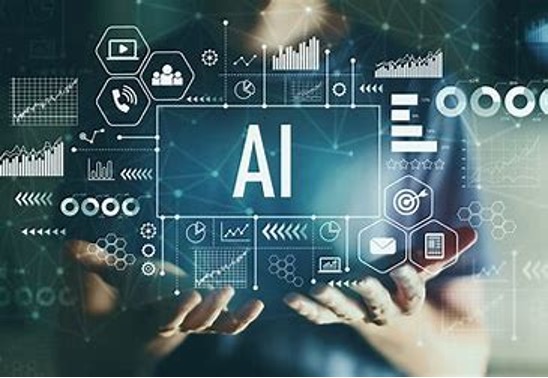
AI has the potential to enhance the learning experience. The Edtech field has exponentially boomed since the inception of AI in education. Educators are harnessing AI to personalise learning, identify knowledge gaps, and provide feedback for students. Machine learning algorithms analyse data to offer personalised recommendations. The use of AI and ML in Edtech is a subject of ongoing exploration for industry leaders, driven by innovations like ChatGPT and GPT4.
However, Artificial intelligence poses a serious threat to the academic world as we know it today. In the past few months, thousands of cases have emerged worldwide where students have used AI tools (like ChatGPT) to complete their assignments, write competition entries, cheat on tests and so on. Students tend to find easy ways to pass examinations and cheat, AI is just the latest mechanism employed to do it. AI can manufacture content in seconds making the entire process of teaching-learning and critical thinking redundant which raises grave ethical considerations. For example – concern has been raised that AI perpetuates existing social inequalities like gender and race discrimination. One of the major drawbacks of AI remains the fear of dependence on AI tools for learning – also known as passive learning. Sitting in front of computer screens for hours also hampers the physical and social development of students. No matter how hard it may try, AI can also not replicate the emotional intelligence of humans which is necessary for students to gain an understanding of in their formative years. Data privacy and data security also remain a major worry.
It is important to note that AI tools are not available to all. According to the latest CISCO Annual Internet Report, India will have 907 million internet users by 2023, accounting for only 64% of the total population. There is an undeniable divide that intensifies in urban-rural juxtapositions. Schools with limited resources may not have equal access to advanced AI technologies, creating a digital divide between privileged and underprivileged students Using AI in education extensively is not viable in India now but with technology penetration surging day after day, the moment is not far when the internet reaches 100% of India’s population. Efforts must be made to not widen the educational opportunity gap. The government and other private stakeholders should work towards providing affordable internet access in remote areas.
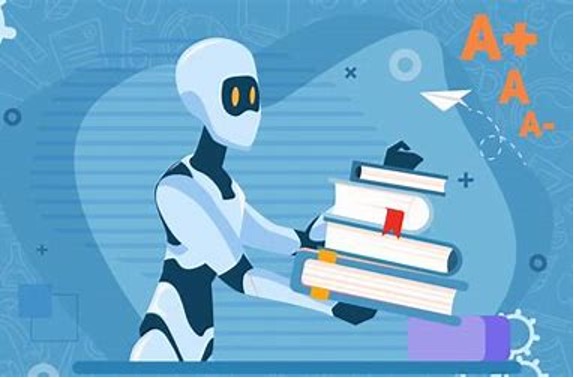
This digital divide is also true at an international level. Developed countries undoubtedly have greater availability and accessibility to the latest technology as compared to countries placed lower on the development ladder. The slogan “AI for all” should be materialised to bridge the existing gaps.
India will undoubtedly reap tremendous benefits if it invests in youth and AI making the youth ready for the future. AI has the potential to add USD 1 trillion to the Indian economy by 2035, according to a 2018 discussion paper by NITI Aayog, India’s think tank.
An AI-enabled future is a fact now, although the journey is marked by continuous exploration. A human-centric approach is necessary to reap the most benefits of this technological advancement. A comprehensive and ethical approach to AI integration is necessary to mitigate risks and create an environment in which the full potential of students is unlocked. Education can be revolutionised by leveraging AI responsibly and in tandem with human expertise. Artificial intelligence will eventually become an indispensable ally in shaping a brighter and more inclusive future for academics.
Written by – Kashvi
Edited by – Mehansh Barthwal

